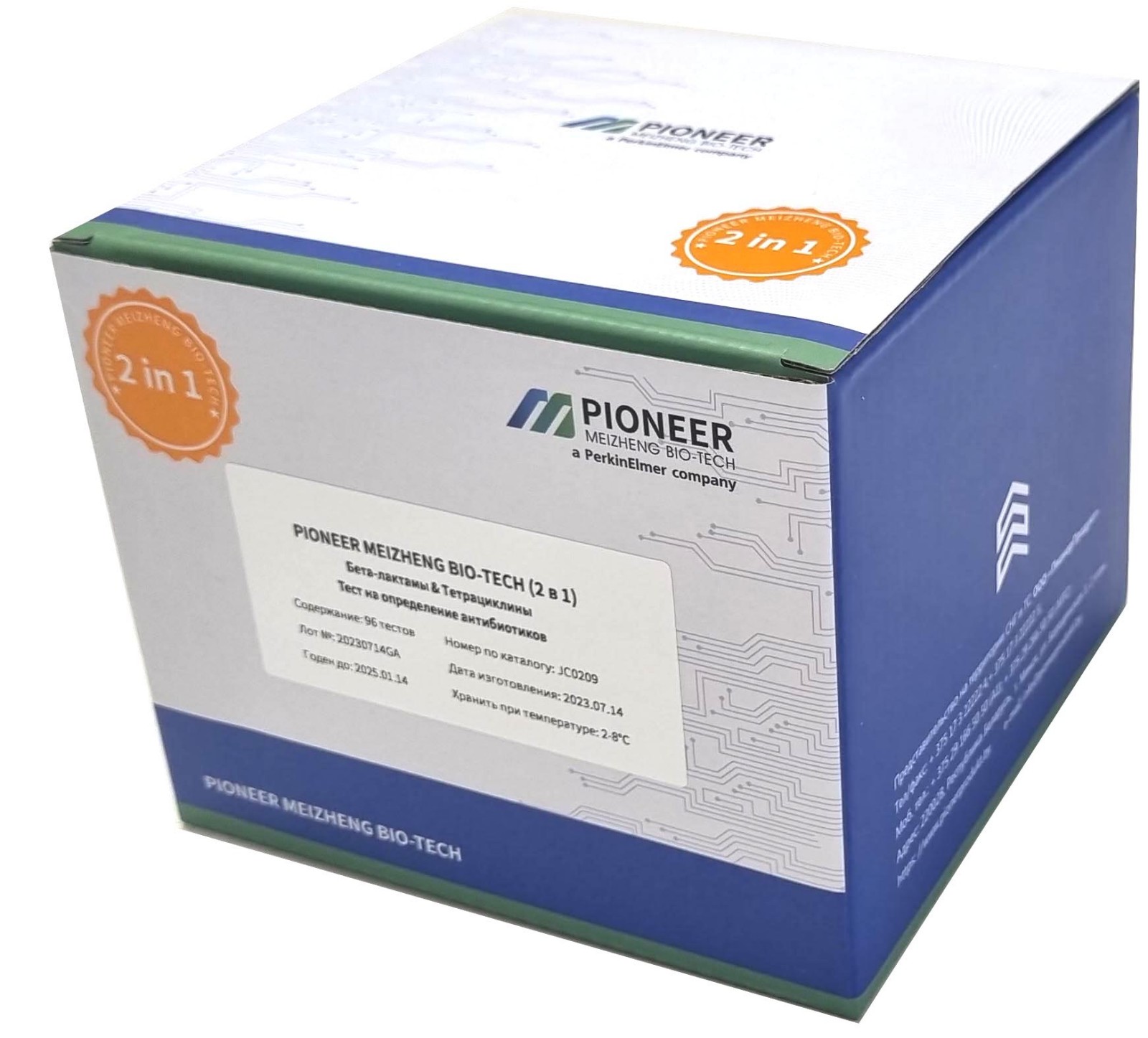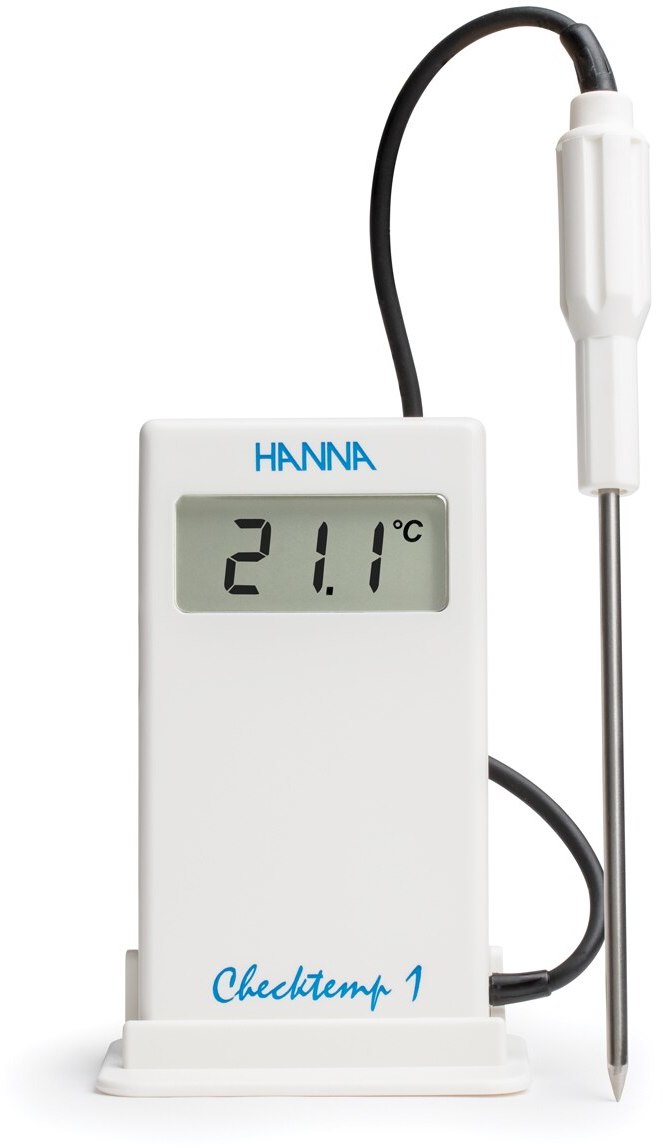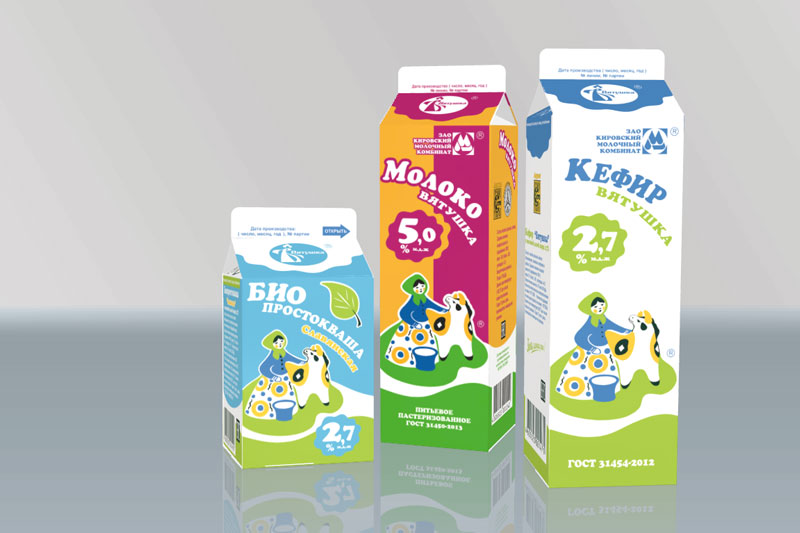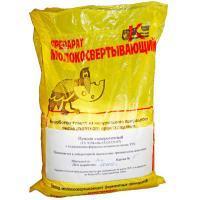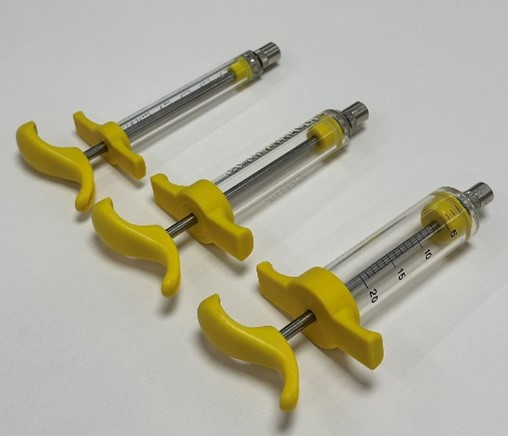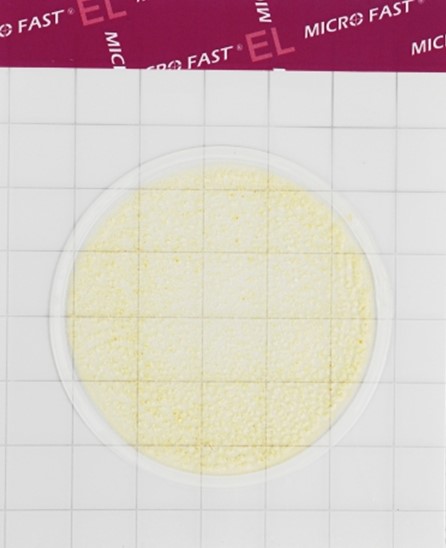Argentina's Meat Exports Fall, But Domestic Prices Remain Stable
Miguel Schiariti, President of the Chamber of MEAT and Meat Industry and Commerce (CICCRA), provided a detailed overview of the situation in the Argentine meat sector, emphasizing that the decline in beef consumption is not due to a price problem, but to a lack of purchasing power among consumers.
In an interview with radio station LU12 AM680, he touched on the impact of climate on production, the recovery of exports and infrastructure issues.
In his statements, he emphasized that the main problem is not the price of meat , but the purchasing power of consumers. "This is not a meat problem, this is not a product problem, but a purchasing power problem," he said.
The leader explained that although beef consumption has fallen from 90 kg to 45-50 kg per year per capita in recent decades, total animal protein consumption has remained at 114-116 kg, as Argentines have replaced beef with chicken (48-50 kg) and pork (23 kg).
The CICCRA president also noted that the distribution of family expenses has changed radically. If two years ago the typical family spent 15% to 20% of its income on infrastructure (electricity, gas, transport, education), today this percentage is approaching 40%. According to Sciaritti, this redistribution of expenses leaves less money for other products, including meat. “The problem is the distribution of expenses… It’s about how we spend each family’s income,” he said, adding that “those who pay the most and suffer the most from inflation are those who have the least resources.”
Climate , production and EXPORT
He went on to explain that the price of meat is influenced by a number of factors, specifying that the main determining factor is climate , which has a significant impact on the production of this raw material.
He recalled that the worst drought in 2023 had led to supply shortages, and the recent “heavy” rains recorded in the humid pampas had made it difficult to transport livestock, as “dirt roads had effectively turned into natural rivers.”
As for the market, Sciariti said the first four months of the year were "very bad" for exports, given the sharp drop in demand from CHINA . However, there was a recovery in May, June and July, with the price the Asian country pays for Argentine beef rising by 45%.
Meanwhile, domestic consumption rebounded by 5% in the first half of the year, but he explained that beef prices remained stable, rising by 0.5% in July, "well below the 1.9% rise in the overall price index."
Patagonia
Sciaritti cited high meat prices in Patagonia, a “very concentrated market” where it is difficult to produce. He pointed out that roast beef, which costs between 8,000 and 12,000 pesos in the center of the country, costs more than 23,000 to 25,000 pesos in the south because of a sanitary barrier that protects local livestock but harms consumers.
He also questioned the lack of road infrastructure, which makes it difficult to transport livestock and makes the use of four-wheel drive trucks, which are "not a luxury" but a necessity. According to the leader, mayors are responsible for this situation, who "collect road tax and ultimately give 70% of what they collect in road tax to the population."
Meanwhile, he assured that prices are stable and predicts that they will be in line with inflation. In this regard, he suggested that the solution to the sector's problems lies in "restoring stocks and increasing slaughter weights."
If it were possible to increase the weight of meat by 50 kg per animal , it would be possible to produce 600,000 tons more meat, which would increase export supplies and domestic consumption. In this regard, he cited the example of Uruguay, a country that exports 70% of its meat production, but has a high level of domestic consumption. “We need to produce more. That’s the point,” he concluded.


